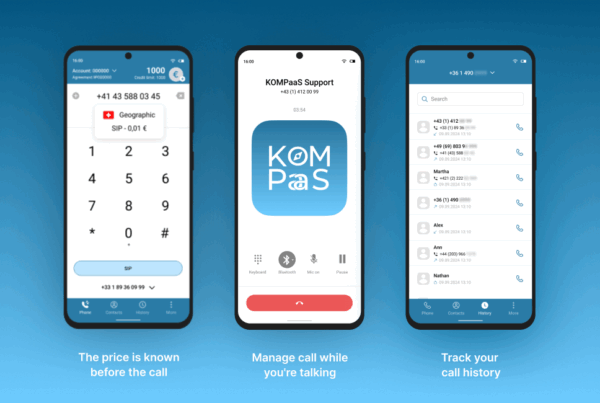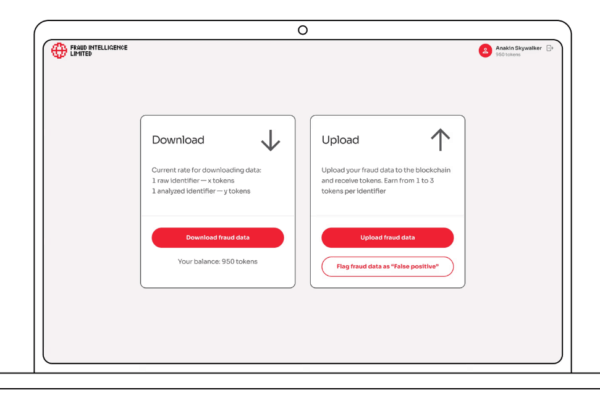Viacom was active in mobile content right from the get-go – working with carriers to monetise brands like MTV. A lot has changed since. Brands went direct. But now Viacom is teaming up with operators again. The company’s SVP Dan Reich explained why to MEF Minute…
“Our priority is to drive value for our content partners. And there’s no doubt that our next wave of partners is the mobile operators.”
This is Dan Reich, SVP of multi-platform product strategy and development for Viacom International Media Networks, talking to MEF Minute at Mobile World Congress.
It’s 2017. But it could well be 2000.

After all, it was nearly two decades ago that companies from across the media and entertainment space first began talking to the mobile networks.
Indeed, it’s why the MEF got started.
Back then, divisions of Viacom – notably MTV – started licensing content to operators. The idea was to monetise IP inside the walled garden portals the carriers were all building.
As we know, that dream crashed and burned. The iPhone arrived, the app store landed, the mobile internet opened up.
Content providers went direct. Operators switched focus to payment, M2M and more.
Obviously our viewers – especially the younger demographics – expect access anywhere and anytime. So it’s important that we look at all possibilities. It’s why my job title has ‘multi-platform’ in it.”
So why have we come full circle? For Reich it’s pretty simple: 4G speeds and content bundles. Operators everywhere need to maintain their data revenues, and that means creating premium packages with branded content thrown in.
“The pipes are bigger now,” he says. “People can consume rich video content on their phones and they are looking for reliable access to services they can trust. Operators are building packages of content and we are looking to provide authenticated additions to these packages.”
Of course, the big question is exactly how to do that.
Reich admits that in the past Viacom has a made a few missteps. “Two years ago we were building local branded experiences in different markets. They were great products, but the problem came when it was time to update them. Updating 30 apps in 40 different markets? You can imagine how difficult that was.”
Viacom’s audacious remedy for this was Play Plex – a suite of mobile apps for Android and iOS, which its distribution partners can offer to their customers.
Crucially, Play Plex is also a streaming platform that offers VOD access linear TV, short form video and games for brands such as Comedy Central, MTV, Nickelodeon, Paramount Channel, Spike and BET. For consumers the cost of subscribing is built into the existing pricing or offered at a small premium.
And for Viacom, it’s a single platform to enhance and upgrade.
 The Play Plex suite, which launched in Q4 2015, makes Play apps available in all 180 Viacom countries and territories. Currently, non-D2C Play apps are available to consumers in 45+ countries via 25+ operators. Meanwhile the D2C Play Plex offering, BET Play, is available in 100 markets.
The Play Plex suite, which launched in Q4 2015, makes Play apps available in all 180 Viacom countries and territories. Currently, non-D2C Play apps are available to consumers in 45+ countries via 25+ operators. Meanwhile the D2C Play Plex offering, BET Play, is available in 100 markets.
So clearly mobile carriers offer an important channel. Reich says many operator deals are imminent. Last year Viacom confirmed its first, with Singtel in Singapore. The partnership brings users a range of Viacom content onside a video-focused user interface and enhanced video player, which reduces loading and buffering times.
More generally, Play Plex is the central plank of a ‘anywhere, anytime’ strategy for Viacom – one that all forward-looking media companies are pursuing. Reich says: “We are a content company. We don’t own distribution. But that puts us in a good position because there are so many more pipes now. It used to be TV channels. Now it’s apps and social media and so on.
“Obviously our viewers – especially the younger demographics – expect access anywhere and anytime. So it’s important that we look at all possibilities. It’s why my job title has ‘multi-platform’ in it.”
This change in access has also changed the content. The company has created snackable short-form content for key brands like Spongebob Squarepants. And Reich reports that the in-app time spent on games is roughly the same as video viewing time.
Clearly diversifying into other formats helps to address other changes in consumer habits. Kids are spending more and more time on YouTube, for example, where the competition is not just other TV brands but home made content too.
Reich acknowledges this, but insists that there’s still great value in trusted brands and in curated packages. “We’re pretty active in the newer channels, and in social. But I still think many parents are happier when their children are in a safe and controlled environment,” he says.




